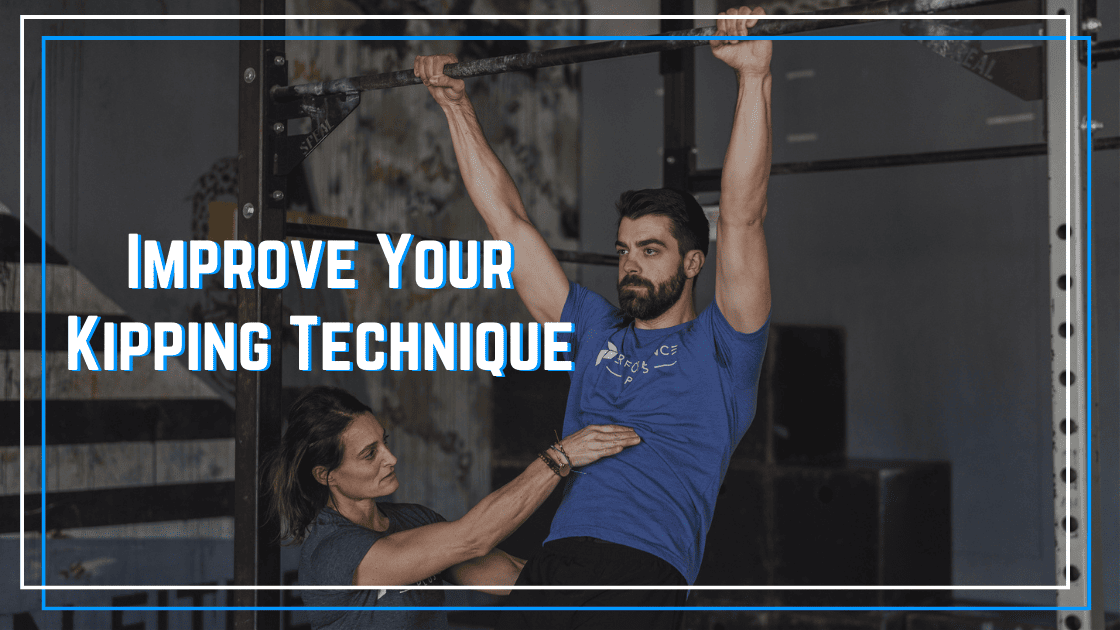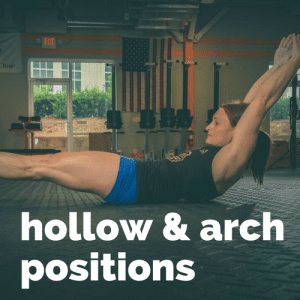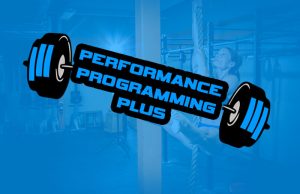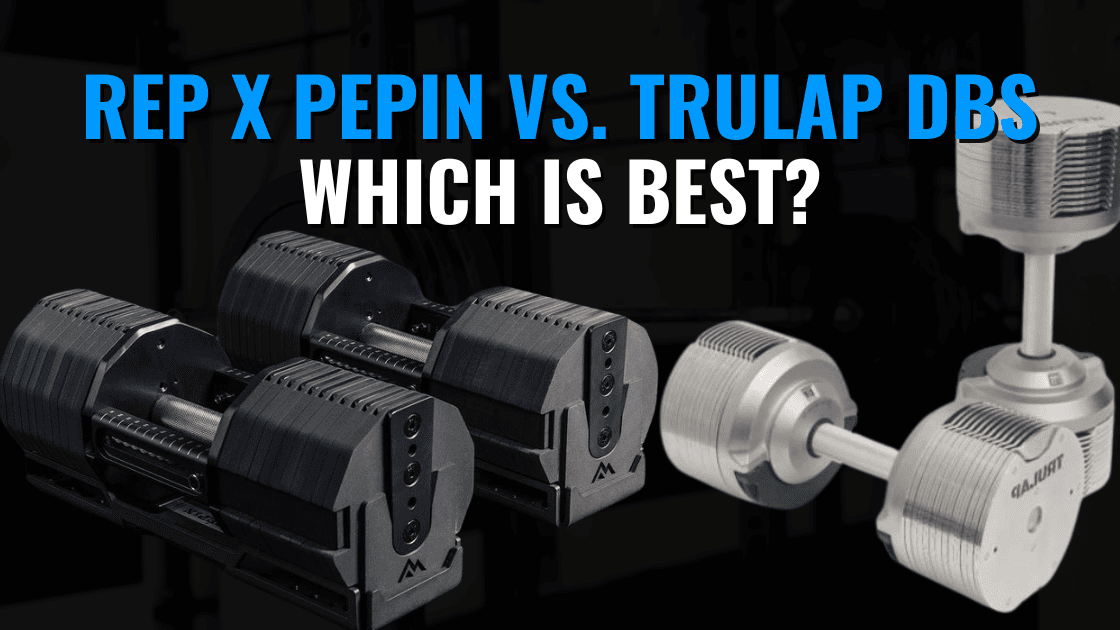If you lack a solid kipping foundation it will affect the efficiency of all skills that use the kip, such as pull-ups and toes to bar. The kip requires a combination of strength, coordination, and mobility. Lacking in any one of these areas makes kipping frustrating and halts progress in the skills that use the kip.
THE TOP REASONS YOU STRUGGLE WITH THE KIP
Not enough lat strength.
Why is Lat Strength important? The lats and shoulder muscles are the main “movers” or controllers in the kip. If you don’t have enough strength and try to generate power through the hip you will end up swinging like a pendulum, which won’t create control. A simple test would be a strict hollow pull back on the rig. If you pike and/or aren’t able to pull slightly behind the bar in hollow, then you will need to build more lat strength for a more efficient kip.
The athlete does not have knowledge of gymnastics shapes.
The hollow position is one of the most essential positions in gymnastics skills. It creates a body position that allows the athlete to generate more tension that translates into more power during gymnastics skills. As the athlete moves into a hollow body position, the entire spine flexes and the pelvis tucks under the body. This global flexion shape is an essential piece of the kipping puzzle.
The opposite shape of the hollow is the arch position. This is used to create tension and power as an athlete moves from one position into the other. Think of the phrase, “Every action has an equal and opposite reaction.” The arch is the opposite but equal reaction to the hollow. They work together to create global extension and flexion in order to create the ultimate power in the kip.
THIS article outlines these positions in detail for you!
Our FREE gymnastics booster program will work on building gymnastics specific positional awareness.
The athlete lacks shoulder strength.
Hanging “actively” through the shoulder girdle is imperative to create a safe kip. We want to make sure the athlete has enough shoulder strength to create this active muscle position so we can not only control the kip through our shoulders, but also protect our ligaments and tendons by hanging through muscle.
There is a lack of shoulder mobility.
Let’s face it, if you aren’t flexible, movement is more difficult. We see that in any overhead barbell position, such as the snatch and overhead squat. The same applies to the kip. It requires the athlete to move the shoulders into a considerable amount of shoulder flexion during the arch period. Stiffness will decrease the motion you can move through, robbing you of the ability to generate maximal power.
A great way to assess your shoulder mobility is with the back to wall shoulder flexion test. Sit with legs crossed and your entire back flat on a wall. Grab a PVC pipe with palms facing down and a shoulder-width grip. Without letting your back come off the wall or elbows bend try to touch your arms to the wall. If you can’t then working on shoulder mobility should be part of your plan to improve your kipping.
Lacking coordination/timing of skill
Let’s face it, if you’re not coordinated things are just more difficult. What does coordination really mean when it comes to kipping? First, coordination can apply to body awareness. Are you aware of what your body position is, are you able to create the shape necessary to move your body through space, and do you understand how to create tension while moving your body in various positions. If you lack coordination, it will also affect the timing of certain movements within a skill. The good news, timing and coordination can be learned through repetition and drills.
FIVE DRILLS TO HELP IMPROVE YOUR KIP
Once you’ve identified the specific problems limiting your performance with the kip you can begin to game-plan how to address your weaknesses and bust through your plateaus. Then you’ll be a kip master!
Article bonus!!! Download our free eBook with the following link to learn 50 great exercises to improve your performance!
DRILL #1 – Standing Hollow Pulldowns
DRILL #2 – Arch/Hollow Lat Drill
It’s time to use both shapes to create power while engaging our lats. This drill will build not only flexibility to open up shoulders but will help you understand how to create tension with shapes. It is important to make sure you “feel” each position and continue to stay TIGHT through the entire body. As you move from the arch into the hollow make sure you tuck rib down and pull pelvis under to create that nice “turtle back” rounded position.
You will feel this all the way from palms through feet as you point (extend toes) in order to fire up glutes, quads and core!
DRILL #3 – Active Hanging Shrugs
It’s time to build shoulder strength so you learn to kip through an active muscle instead of on your tendons and ligaments! This is a vital part of learning anything on the rig and the most forgotten because it seems so simple, but it is not! This requires dedication to not only build the right strength but to make it muscle memory so when we add momentum we are able to continue hanging in this active position.
DRILL #4 – Banded Hollow Pulldowns
We are now learning the most challenging portion of the kip, the pull “back” or the hollow pull. We did this standing on drill #1 and now we are kicking it up a notch by laying on our back. This requires strength in the hollow which will translate well into the kip. This way athletes will understand to generate power by pressing down through palms instead of generate power via bending hip.
Make sure your lower back is pressing through ground and shoulders are off the ground during entire skill. If you have a space between lumbar and floor, this means the athlete needs to build more strength in the hollow on the floor. This deficit will definitely show up when trying to perform the kip swing so learn it on the floor before you jump up to the rig.
DRILL #5 – 3 Position Kip
View this post on Instagram
Just like you train each position of the snatch, this drill will train each position of the kip. This will build both strength & muscle memory. Remember, you should hit EACH position so watch the drill to make sure you are executing this drill correctly.
.
Do you love what you just read and want a more organized plan to get stronger?
JOIN our monthly membership and have unlimited access to over 30+ skill-specific programs such as our Kipping Pull-up Overhaul and Lats to Fly programs designed to build lat strength and kipping technique.








